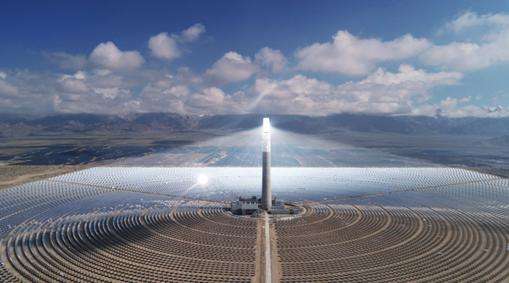The chemical difference between the two: There are fewer carbon atoms in gasoline, 8 to 10 and 12 to 15 in diesel, so diesel contains more energy. Diesel does not need to be ignited and ignites spontaneously under higher pressure, so its efficiency is higher (in fact, the maximum utilization rate is only 30%), but it is very heavy and noisy. The gasoline must be ignited, so the gasoline engine is small and quiet (its utilization rate is only 15%).
The smell is different, gasoline is acrid and diesel has a slight odor. The colors are different, gasoline is light and diesel is dark. The tolerances are different, gasoline is thinner and diesel is richer. Ignition methods in vehicles are different. Gasoline is ignited by a spark plug, while diesel is ignited by compression ignition. Diesel has poor anti-knock properties. Diesel hasless power than gasoline, is more polluting and emits black smoke, but it is cheaper.
The English name for gasoline is Gasoline (US)/Petrol (UK). It comes in the form of a transparent liquid and is flammable. Its distillation range is 30°C to 220°C. Its main components are C5. to C12 aliphatic hydrocarbons and naphthenes, and a certain quantity of aromatic hydrocarbons. Gasoline has a high octane rating (anti-knock combustion performance) and is divided into No. 90, No. 93, No. 95, No. 97 and. other brands depending on octane rating. Gasoline is produced from different gasoline components such as straight-run gasoline components, catalytic cracked gasoline components and catalytic reforming gasoline components obtained by petroleum refining, after being refined and blended with high octane components. It is mainly used for ignitionand automobiles. for internal combustion engines.
Because the high temperature and high pressure gas impacts the cylinder seal and burns the packing mouth, retaining ring and asbestos board, resulting in air leakage from the cylinder and lubricating oil leakage. and cooling water, this phenomenon is called cylinder flushing buffer. This is an impact break between the piston and the cylinder body of the internal combustion engine of a motor vehicle.
The main reasons for flushing cylinder seals are:
1. A significant lack of lubricating oil, which leads to an increase in the friction temperature between the cylinder body and the piston and between the connecting rods. increases sharply. At high temperatures, due to the drastic change in the thermal expansion coefficient of metal objects, the lubrication gap quickly becomes smaller, causing blockagepiston, cylinder and connecting rod. Due to the strong operating inertia force, the cylinder block suffered serious impact damage and was scrapped.
2. If the mechanical lubrication gap between the piston and the inner wall of the cylinder is too large, it will also cause mechanical impact of the piston on the cylinder.
Detailed information:
1. Cylindrical motor seal is a common fault. Abnormal noise from a flush head gasket can take many common forms. Since the cylinder seal is washed away to varying degrees, the resulting abnormal noises are different. Three different sets of Hong-120 based pulse dozer engine cylinder seal failures present troubleshooting methods.
2. Currently, the following types of cylinder seals are widely used:
1. Gasketsmetallic asbestos cylinder. This type of asbestos has metal wires or metal shavings sandwiched in the middle and is covered with copper or steel. This type of steel stamp is 1.2-2mm thick, has good elasticity and heat resistance, and can be used repeatedly. But the strength is poor, and the thickness and quality are uneven.
2. Made from solid sheet metal. This type of gasket is mainly used to strengthen engines and is often used in cars and racing cars. This type of seal pierces ridges of a certain height around cylinder holes, water holes and oil holes that need to be sealed. uses the elasticity of the ridges to achieve tightness.
Reference materials:
Baidu Encyclopedia_Chong Cylinder













